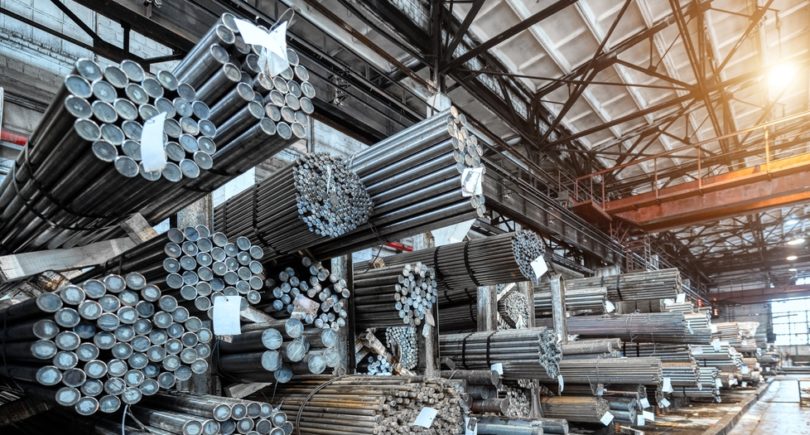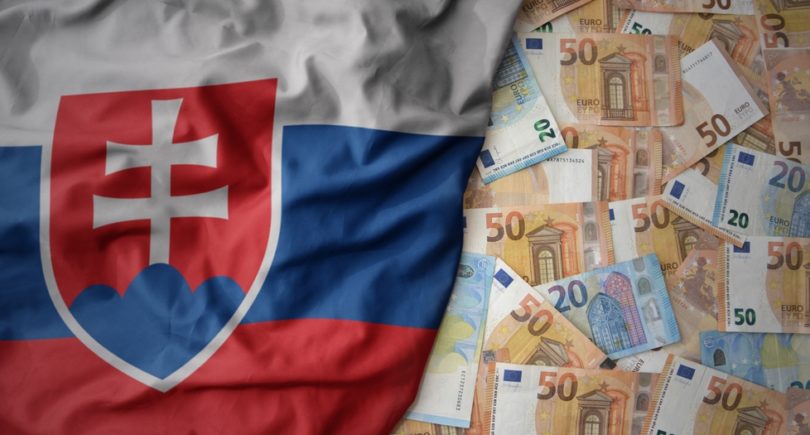
Posts Global Market iron ore 402 03 September 2019
Ukrainian vertically integrated companies have managed to benefit from the rising ore prices
High global prices have made iron ore an attractive export commodity. But at the same time, due to the high prices for iron ore, Ukrainian vertically integrated companies gained a competitive advantage. As a result, in the first half of the current year, exports of both raw materials and finished steel products increased.
Ore is in favor and perking up rolled products
In H1 2019, production results within the iron&steel industry improved in all segments except coke production. According to Ukrmetallurgprom, in January to June 2019, production of iron ore concentrate in the ore segment increased by 5%, to 31.6 million tons, sinter ore — by 2%, to 15.8 million tons, pellets — by 3%, to 10.9 million tons.
A similar growth was recorded in segments that include multiple processing stages. In particular, production of steel grew by 5%, to 10.9 million tons, pig iron — by 1%, to 10.24 million tons, and rolled products — by 2%, to 9.4 million tons.

shutterstock.com
Similar trends can be observed in exports. According to the customs statistics of the State Fiscal Service, in H1 2019, exports of steel products (finished rolled products and semi-finished products) grew by 3.8%, while exports of iron ore — by 8.7%.
In H1, railway transportations of iron and manganese ores increased by 5.6% to 35.6 million tons. According to the State Statistics Service, ferrous metal transportations, by contrast, fell by 2.9% to 9.9 million tons.
If we speak in monetary terms, however, the situation looks completely different. In the first half of this year, steelmaking companies reduced their revenues from exports of ferrous metals by 11.1% to $4.8 billion. However, in January–June, iron ore exports in monetary terms grew by 24.5% to $1.7 billion.
Price effect
Exporting ore has become much more profitable than a year earlier, but rolled products are a different story. Ore prices have significantly risen in the market. But weak demand in the market of finished products does not allow shifting the increased costs of raw materials onto the price of rolled products.
Since the beginning of this year, iron ore prices have risen by around 70% and exceeded several local maximums. The accident at Vale tailings dam in Brazil, (resulting) reduction in production and a number of other disasters caused expectations of an iron ore global shortage.
According to Dmytro Khoroshun, analyst at Concorde Capital investment company, in H1 2019, Ukrainian exporters of iron ore (concentrate, pellets) got by $15–30 per ton more revenues for their products than the 2018 average. Now, in the end of July, the prices are higher by $40–55 per ton than in 2018.
According to GMK Center’s estimations, the effect of high prices will result in an increase in annual iron ore exports by 3–4 million tons and an increase in revenues by about $500–600 million. At the same time, suppliers are highly dependent on logistics capabilities, railway transportations and transshipments in ports.
Prices for steel products are relatively low. For example, the average price of a hot-rolled coil exported by Ukraine fell from $600 per ton in the first quarter of the previous year to $470–490 per ton in the current year.
Thus, the reduction in the price spread between ore and metal products resulted in a decrease in the steel production margin. The current situation is slightly reminiscent of 2010–2011 when ore prices soared to $170–190 per ton, but steel margins fell sharply.
“If we look at Metinvest, we see that according to our estimations, the company’s EBITDA per ton of steel in Q4 2018 was almost $200, and in Q1 2019 it was already less than $100,” said Kostyantyn Fastovets, Head of the Analytical Department at Adamant Capital.
Under normal conditions, high ore prices caused higher prices for steel products, since production costs are increasing. Supply in the market, especially that coming from less efficient plants, is declining since no business can operate in the red for a long time.

shutterstock.com
Ukrainian vertically integrated companies managed to benefit from the rising prices for iron ore — they increased exports of finished products. Given the low margin of the steel segment, those who have their own ore have gained a competitive advantage.
Due to ore exports, Ukrainian companies can compensate for the decrease in profitability of finished steel products.
“The EBITDA margin of Metinvest’s steel production line was about 3% in the first quarter of 2019 compared to 14% for the same period last year. Over the same period, profitability of the mining segment was 42%,” said Andrii Tarasenko, GMK Center Chief Analyst.
The growth in the exports of steel products is mainly driven by the volumes of exported semi-finished products. According to Derzhzovnіshіnform state-owned enterprise, in the first half of the current year, steelmaking companies increased exports of steel semi-finished products by 7.2% to 3.84 million tons. But in financial terms, due to lower prices, the indicator fell by 5.5% to $1.6 billion.
Price prospects
Ukrainian exporters of both ore and rolled products would definitely like the period of high prices for iron ore to be as long as possible.
“According to my estimates, production of iron ore concentrate in 2019 will amount to 60.9–62.3 million tons with an increase of 1–3.4%,” says Dmytro Khoroshun. “A lot depends on how aggressively Ukrainian producers will try to sell to a tight foreign market in order to compensate for the decline in domestic demand (accidents, downtime) and take advantage of the favorable foreign environment.”
The shortage of and high prices for iron ore are a problem that could last several more years. A decrease in steel consumption in China, which has been expected for several years in a row, can be a risk here.
“No one can say how long the trend of low prices for steel products and high prices for iron ore will last. It can last several years or several months. But sooner or later, the imbalance must be eliminated. It is still hard to say definitely whether we will see a sharp price reversal or a 20–30% drop followed by fixation at a certain level. Both trends, a drop in iron ore prices and a hike in the cost of metal products, can be observed simultaneously,” Kostyantyn Fastovets added.
There is a speculative component in the increase in the cost of iron ore — just like in any other market that faces a sharp leap in prices. However, separating real demand from speculation is quite difficult. In general, the steel market today is seeking an equilibrium price.

shutterstock.comAt the same time, iron ore reserves in the ports of China have stabilized after the fall taking place since early April (this fall was largely the reason for the sharp increase in iron ore prices in April to July), and some already suggest the likelihood of a sharp fall in iron ore prices, possibly even to the level of 2018 or even lower.
“There is uncertainty regarding the situation in the market: some experts already forecast an onrushing plunge in ore prices: they are discussing a fall from the current $120 per ton to $100–80 per ton by the end of the year,” Dmytro Khoroshun said.
However, forecasts for iron ore prices for the second half of the year have conditionally improved recently. Although lower prices are expected, high demand from Chinese companies and limited supply still keep prices at their current level. For example, S&P raised its forecast for iron ore prices from $75 per ton to $90 per ton in the end of the year. The forecast for 2020 has been increased by $10 to $80 per ton.
According to World Steel Dynamics forecasts, steel prices, including hot-rolled products in the United States, will decline by the end of this year, reaching a minimum of $500 per ton. However, already in the first quarter of 2020, they will soar to $720 per ton. This scenario will come true if the U.S. and China sign a trade agreement and stop the trade war between them.




